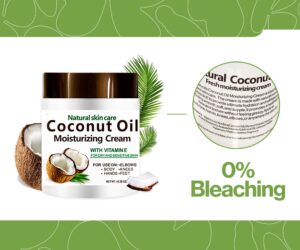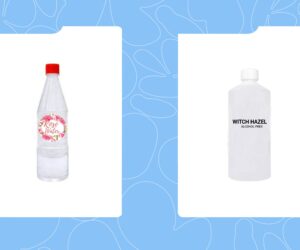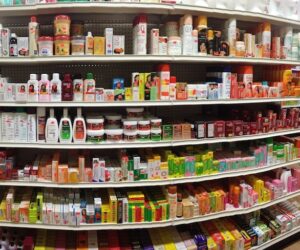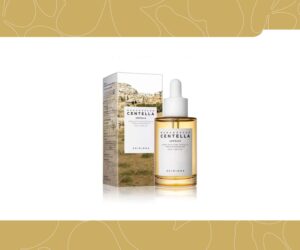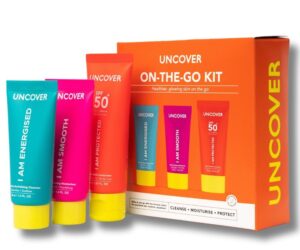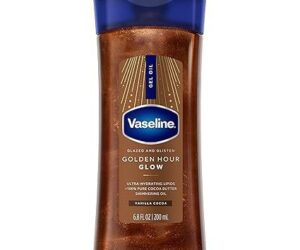There’s a very specific kind of joy (and fear) that comes with adding a new skincare product to your routine. You finally find the one serum that promises to take your skin from ‘meh’ to ‘mesmerising.’ You rub it on, sleep with hope in your chest, only to wake up with juicy new pimples staring back at you.
At that point, the panic sets in. Is my skin purging, or is this a full-blown breakout? Should I keep using the product or throw it away with my list of other regrets?
The tricky part is that purging and breaking out can look pretty similar. But there are clear differences between the two. One means your skin is clearing house (uncomfortable but ultimately worth it), and the other means your product is betraying you. Knowing the difference saves you from wasted money, unnecessary stress, and shelving a formula that might’ve been your glow-up in a bottle.
So, let’s break it down.
Purging or A Breakout: What’s Really Happening?
Purging is your skin hitting the fast-forward button. When you introduce products that increase cell turnover (like exfoliating acids or retinol) they speed up the process of clogged pores surfacing. Breakouts you would’ve gotten later anyway just show up all at once. It’s basically your skin clearing house. Is it ugly? Sometimes, yes. Is it pointless? No.
On the other hand, breakouts happen when a product (or sometimes lifestyle factors like diet, hormones, or skipped cleansing) creates new clogs. A heavy moisturizer, for example, might be too rich for your skin type and trap oil and debris, leading to brand-new pimples that wouldn’t have existed otherwise.
The big difference is that purging brings forward what was already there. Breakouts create new problems.
Also, the timeline matters too. Purging usually lasts four to six weeks. After that, if your skin isn’t improving, it might not be purging at all.
Read Also: How to Tell If You’re Over-Exfoliating (And What to Do When You Find Out You Are)
How to Tell the Difference
Signs it’s purging:
-
You recently started using products with exfoliating acids (like glycolic, salicylic, or lactic acid) or retinol.
-
The pimples pop up in the same areas you normally break out.
-
The flare-ups calm down after 4-6 weeks of consistent use.
Signs it’s a breakout:
-
No exfoliating acids or retinol in sight, just a new product, and suddenly, pimples.
-
Breakouts appear in new areas where you don’t usually get spots.
-
The situation keeps getting worse or doesn’t improve after a month.
Picture it like this: if the pimples look familiar and you’re on cell turnover actives, it’s probably purging. If they’re popping up in random new places without those ingredients, your skin is likely just mad at you.
Making Purging More Bearable
Purging can feel like punishment, but it doesn’t have to be torture. A few tricks can make the process less stressful:
-
Reduce frequency. Instead of using your acid or retinol daily, try every other night (or even twice a week) and slowly build up. Sure, it’ll slow your progress but it’s worth it to get your skin acclimated to the new product.
-
Keep your barrier strong. Moisturize well, avoid adding too many new products at once, and be gentle with your skin.
-
Remind yourself of the endgame. The glow is loading, you just have to let your skin do its thing.
Read Also: Rose Water vs Witch Hazel: Which is a Better Natural Toner?
Products That Can Help
1. NeutriHerbs Salicylic Acid Clay Mask
This mask is a favorite for acne-prone and combination skin because it digs deep into pores to clear out excess oil and prevent new clogs. It can feel a bit harsh on sensitive skin, but for those who deal with stubborn breakouts, it’s a solid weekly reset. Use it once or twice a week after cleansing, leave it on for 10 minutes, and let it do the heavy lifting. Bonus, it works just as well on your back and chest if those areas tend to break out.
2. Fully Green Tomato Clay Mask
If your skin is sensitive, this clay mask is a gentler way to keep shine and congestion under control. Made with nearly half green tomato extract, it balances sebum while offering light exfoliation without any synthetic fragrance or essential oils that could cause irritation. It’s a great pick if you want clearer pores and a healthier, more even complexion without compromising your skin barrier.
3. Benzac 5% Benzoyl Peroxide Acne Gel
For spot-treating angry pimples, this benzoyl peroxide gel has a reputation for being tough on breakouts but surprisingly kind to skin. The formula fights bacteria, reduces excess oil, and even hydrates, a feature often overlooked in most acne treatments. It’s especially useful if you’re trying to shrink flare-ups quickly while still protecting your skin from that tight, dry feeling. Simply dab it on problem areas and let it do its work.

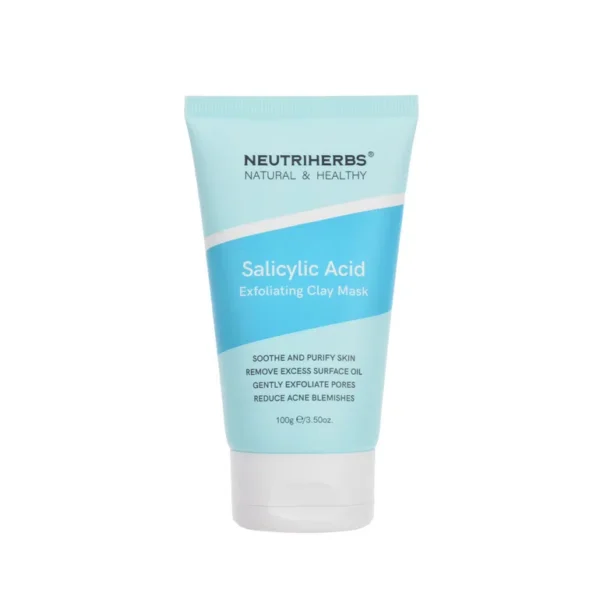
)
